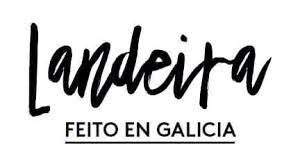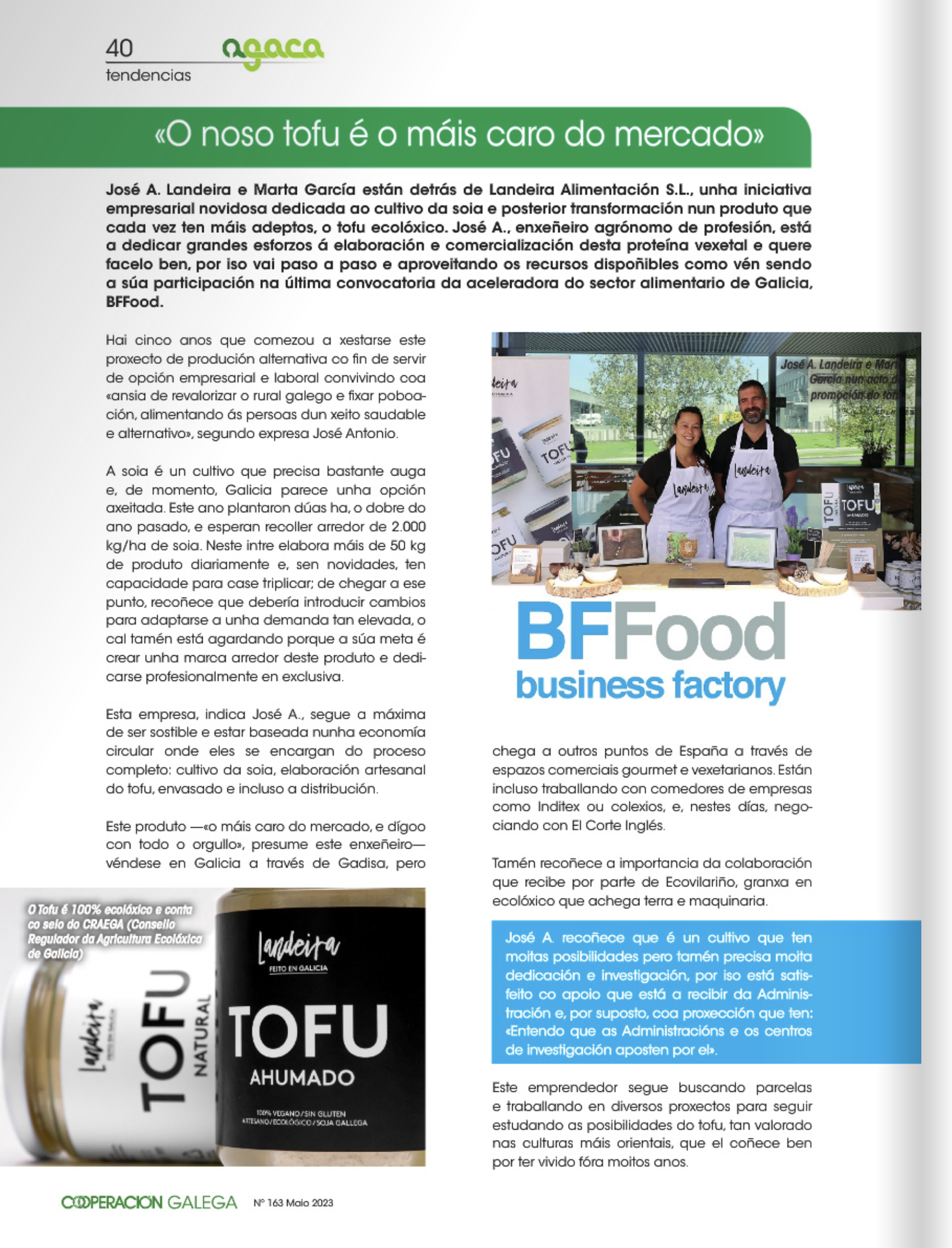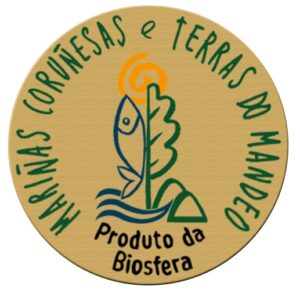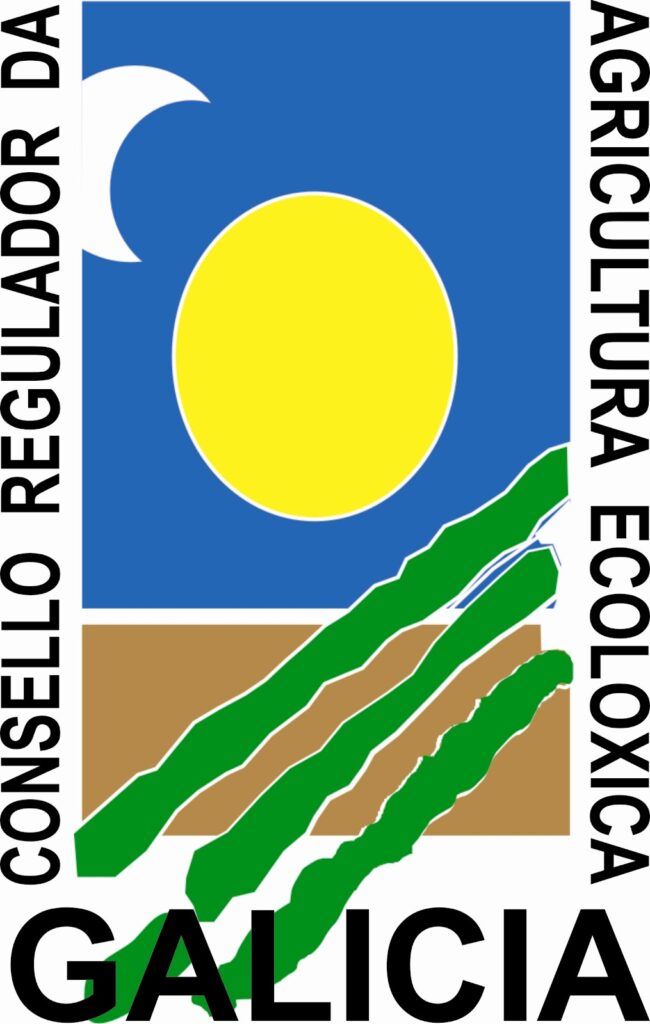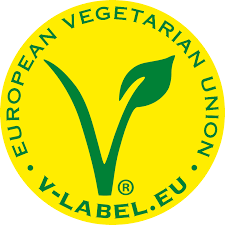There is something that surprises, and a lot, when you enter the refrigerators of the kitchens that provide the three canteens that the multinational Inditex has at its headquarters in the industrial park of Sabón, Arteixo. There are hardly any products stored to supply the kitchens that do not accept reservations and from which some 2,300 menus are prepared daily – 1,500 in the main dining room, 400 in the Metropolitano and another 400 in the Amazónico – to choose from 19 different dishes that change every day. In addition, they prepare some 800 snacks that employees can enjoy anywhere
In the vegetable refrigerator, for example, there are half a dozen returnable boxes in which broccoli stalks and leek greens are stored separately. Further evidence that ecology is also economy and, of course, health. One of the people in charge of the canteens tells us how, when he asked one of the employees in the warehouse area about the changes made to the menus one day, he replied: “It’s perfect for me, but for my doctor it’s much better because now my blood tests are fine. Because in the multinational’s kitchens, organic products, vegetables processed in multiple ways, the percentage of salt in the elaborations is below the parameters recommended by the World Health Organization (WHO) and even the coffees in the machines (an organic from Guatemala), by default, do not contain sugar. All of this is also a human resources policy.
They achieved this goal with a model of restaurants in transition or 360º dining rooms that began to work back in 2017 in the canteen of the logistics department and now is spreading in the 15 canteens that the multinational has in Spain and, also, in Netherlands. The main idea is to focus on the immediate environment, on the land and the sea, to create a network of local suppliers to support a model that manages to increase the quality of the menus while minimizing the production of waste. In addition to helping to settle the population in the countryside, this model has helped many farmers and ranchers to diversify their production, seek ways to optimize resources such as water, reduce packaging, cooperate with other producers, as well as opening the doors to new customers. At the end of the day, generating wealth in the countryside. “This canteen (the main one at the headquarters) generates only 2.5% of mixed waste. The rest is recycled or recovered,” explains from the company’s Innovation area department, which is in charge of supervising everything related to suppliers and canteens.
«This canteen (main one at the headquarteers) contains only 2.5% of mixed waste. The rest is recycled or recovered.»
How they got there can be seen in each of the axes that move a gear that has become an example for school canteens and even hospitals that are beginning to ask Inditex how his model runs. Because, as they tell us, “although some measures may seem costly at the time of implementation, it is enough to take an Excel table to see that, in the end, it means great savings”
They replaced the three million paper cups that were consumed each year in the coffer machines with 6,000 glass cups that each employee returns after use. The vending machines, where processed or industrial pastries were almost banished long ago to offer healthy snacks such as pasties from La Molienda or products from Adriana Cabot’s bakery . Another example is that the potatoes that accompany the “Laíño rooster” are cooked with the skin on because, as they explain, “30% of the protein in the potatoes is in the skin, but in addition to the fact that peeling them means wasting those nutrients, it involves more personnel and more time”. Also they stop buying spices in packages and buy them in bulk to access to a higher quality product and, therefore, it is not necessary to use so much quantity. Using fruit peels used for breakfast to make flavored water or broccoli stems for creams is another example. Eliminate plastics in cleaning products to implement Bag in box (boxes where you put the cleaning product in bulk) that take up much less space. And of course in the “bio-manager” that will convert organic waste from the kitchens into humus and whose start-up at the multinational’s facilities in the Sabón industrial park was delayed due to bureaucratic problems.
«Part of this humus could be used for our green areas, but another part could be marketed at low prices to farmers.»
But you have to go back to the fridges to find the definitive proof that the 360° canteen philosophy is for real. Because when they open the door to the vegetable corner – stored in specially designed dispenser containers for products that are brought to the multinational’s headquarters from Coristanco in jute bags recycled from Zara shopping bags – the young people in the canteen see the farms where Jose and Lucía plant the beans they use for the broth. When they open the meat refrigerator they explain that the animals, from Casa Cachadesa, in La Laracha, do not eat soy, that the day before they were talking to Mari Carmen from Embutidos Suarna, in Navia, or that the extensive livestock farming model of the cooperative A Carqueixa, in the high mountains of Lugo, is an example that should be copied in other parts of the community. And they also talk about the farm where Ana and Marta produce their organic milk Sin Más, or organic tofu Landeira made by José Antonio with soybeans produced in Galicia. It is clear to anyone who knows all these producers that the young people at the canteen knows who supply their kitchen very closely.

They know their stories because they set foot on the land and the fish market (the fish comes directly from the fish markets of Burela, Celeiro and A Coruña). And they continue to scoutting the countryside for new producers, encouraging them to introduce new things. “In Galicia there is some farmer who is producing sweet corn and also artichoke,” they say. And although they plan the harvest with them, they understand that in the countryside there is nothing that can be accurately predicted. That reality is what they also want to show to the workers of the multinational in the Thursday Market, where the producers come to Inditex to offer their products. But the young people in the canteen are not standing still. They continue to think, innovating to go one step further. The story does not end here
